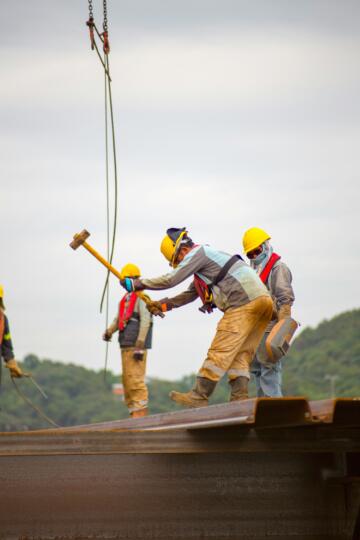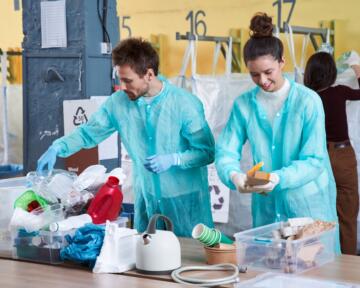Not just the production but also the maintenance and life cycle of our clothes have a major impact on the planet. Liège-based dry cleaning business Cool Pressing works according to the ‘Laundry as a Service’ system (LaaS). Most of their customers are nursing home residents whose laundry they collect and return after washing and ironing. This collective washing system with industrial machines consumes less energy and water. From a social perspective, contact with the residents also adds value
To make the whole process more efficient and environment-friendly, Cool Pressing developed a digital label together with an external IT company, allowing them to trace every item from the wardrobe to the washing machine. This system also helps determine the value of clothing for sale on second-hand platforms, for instance by factoring in the number of washes. Cool Pressing are currently testing a subscription structure for the maintenance and second-hand sale of clothing items and they hope to take the next steps with this project this year, bringing circularityCircularity describes the quantity of materials managed in a closed loop. another step closer.






